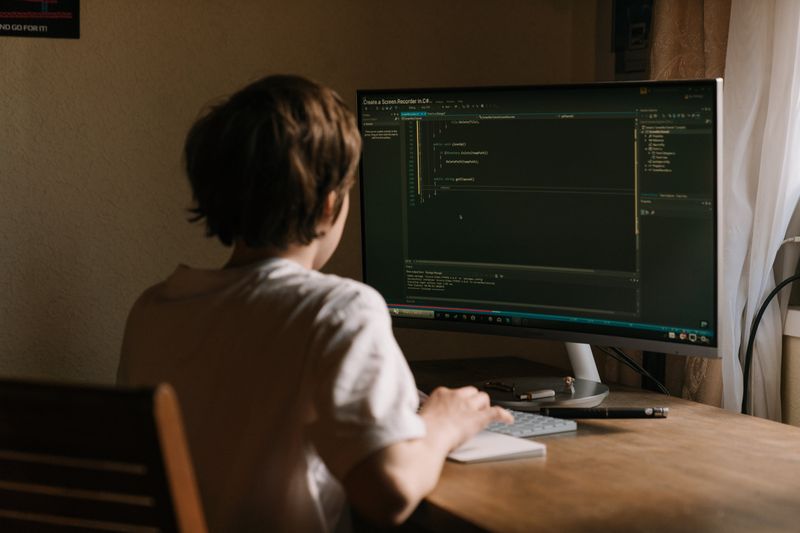Looney Tunables: A Critical Linux Flaw Raises Concerns About Data Security and System Integrity
Introduction
Last week, the disclosure of a critical buffer overflow vulnerability in the GNU C Library (glibc), which is widely used in various Linux distributions, has raised concerns about data security and system integrity. A number of proof-of-concept (PoC) exploits for the security flaw, dubbed Looney Tunables, have already surfaced on platforms like GitHub, indicating that widespread attacks in the wild could soon follow. This vulnerability, marked as CVE-2023-4911, has the potential to grant attackers root privileges on countless Linux systems, posing a significant risk of unauthorized data access, system alterations, and potential data theft.
The Flaw and Its Implications
The security flaw, disclosed by Qualys researchers, was found to affect several major Linux distributions, including Fedora, Ubuntu, and Debian. In their write-up, Qualys researchers noted that the vulnerability allowed for successful exploitation and obtaining full root privileges on default installations of certain distributions. However, other distributions were also likely to be vulnerable and exploitable.
Linux root takeovers are particularly dangerous as they give attackers the highest level of control over a Linux-based system. This root access facilitates privilege escalation across the network, potentially compromising additional systems and expanding the scope of the attack. If attackers gain root access, they have unrestricted authority to modify, delete, or steal sensitive data, install malicious software or backdoors, and perpetuate ongoing attacks that may remain undetected for extended periods.
The consequences of such root takeovers can be severe. Data breaches, unauthorized access to sensitive information such as customer data, intellectual property, and financial records, and tampering with crucial system files can lead to service outages, hampered productivity, financial losses, and damage to an organization’s reputation.
The Growing Threat Landscape
The threat of Linux root takeovers has been expanding due to the exponential growth of the Linux distribution base, particularly in cloud environments. Recent incidents, such as the discovery of a typosquatting npm package concealing a full-service Discord remote access Trojan RAT, highlight the growing risks and the need for proactive measures.
Proactively Protecting Systems
Organizations must take proactive steps to protect themselves from Linux root takeovers and other similar threats. The following are some recommended measures:
Regular Patching and Updating
Regularly patching and updating the Linux operating system and associated software is vital to ensure that the latest security fixes and enhancements are applied. This helps to minimize the risk of exploiting known vulnerabilities.
Least Privilege Principle
Enforcing the least privilege principle restricts access privileges to the bare minimum necessary for users to perform their tasks. By limiting unnecessary privileges, organizations can reduce the potential impact of a system compromise.
Intrusion Detection and Prevention Systems (IDS/IPS)
Deploying IDS/IPS solutions helps in detecting and preventing unauthorized access attempts, malicious activities, and abnormal behavior within the network environment. These systems serve as an additional layer of defense against potential attacks.
Multifactor Authentication (MFA)
Strengthening access controls with MFA adds an extra layer of security by requiring multiple forms of authentication, such as a password and a temporary code sent to a user’s mobile device. This makes it more challenging for attackers to gain unauthorized access.
System Logs and Network Traffic Monitoring
Regularly monitoring system logs and network traffic can help identify suspicious activities or patterns that may indicate a potential security breach. Timely detection allows for prompt response and mitigation of security incidents.
Security Audits and Vulnerability Assessments
Conducting regular security audits and vulnerability assessments helps identify weaknesses in systems and software. This enables organizations to take corrective action and fortify their defenses against potential threats.
Focus on Privileged Users
Privileged users, including system administrators and those with high-level access, need to be particularly mindful of their security practices. Implementing additional security measures, such as MFA requirements, can help reduce the risk associated with their elevated privileges.
Conclusion
The Looney Tunables security flaw found in the GNU C Library poses a critical risk to Linux systems, potentially leading to unauthorized access, data theft, and system compromises. The existence of PoC exploits underscores the urgent need for organizations to prioritize security measures and take the necessary steps to protect their Linux-based systems. By adopting a proactive approach, including regular patching, enforcing the least privilege principle, deploying IDS/IPS solutions, implementing MFA, monitoring system logs, conducting security audits and vulnerability assessments, and focusing on privileged users, organizations can significantly mitigate the threat of Linux root takeovers and enhance their overall cybersecurity posture.

<< photo by seppe machielsen >>
The image is for illustrative purposes only and does not depict the actual situation.
You might want to read !
- Looney Tunables: Examining the New Linux Flaw and its Impact on Major Distributions
- The Danger Within: Urgent Patch Needed to Tackle Massive RCE Campaign targeting Routers
- “Pumpkin Patch: Unveiling the Astonishing Power and Scale of the PEACHPIT Ad Fraud Botnet”
- Behind the Scenes: Exposing the Sinister World of the PEACHPIT Ad Fraud Botnet
- ‘Looney Tunables’: A Critical Bug Vulnerability Exposes Linux Systems to Root Takeover
- Shattering the Linux Security Paradigm: Unmasking the Looney Tunables Flaw
- Endpoint Malware Volumes Drop Amid Expanding Campaigns: WatchGuard Threat Lab Report
- Understanding the Threat: Microsoft’s Report on Cybercrime and State-Sponsored Cyber Operations
- The Growing Threat of Malicious NPM Packages: Unveiling the Dangers of Rootkit Delivery
- “Examining the Impact of Cisco’s Fix for Emergency Responder Software Vulnerability”
- Cisco’s IOS and IOS XE Software Vulnerability: A Call to Action
- The Growing Threat: Unveiling a New Cisco IOS Zero-Day Attack




